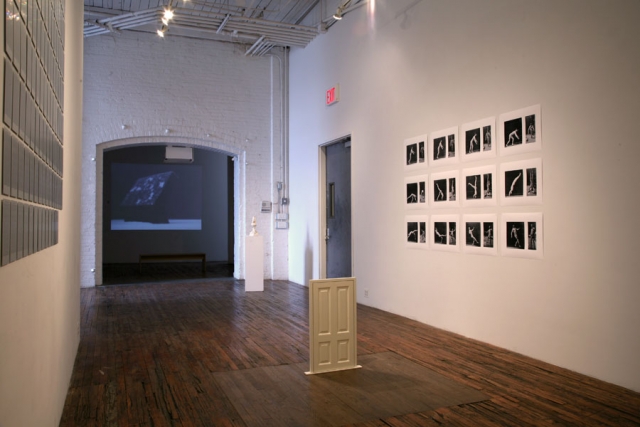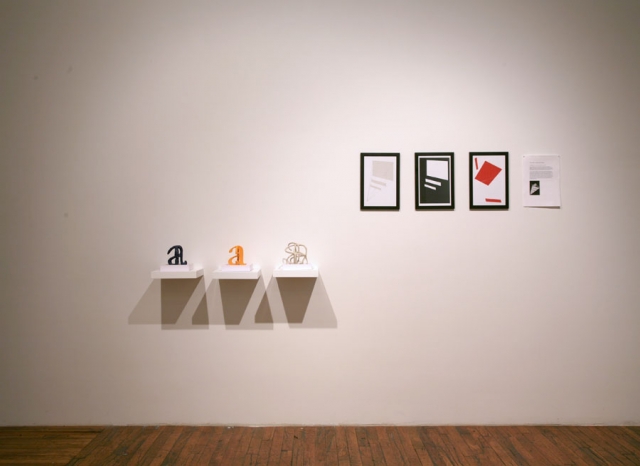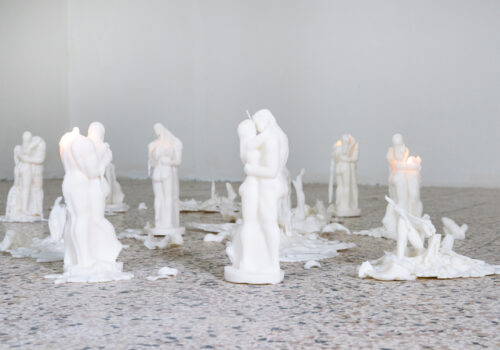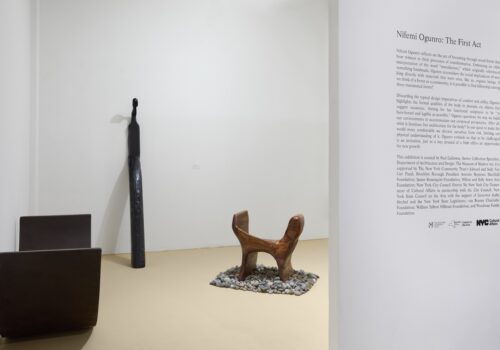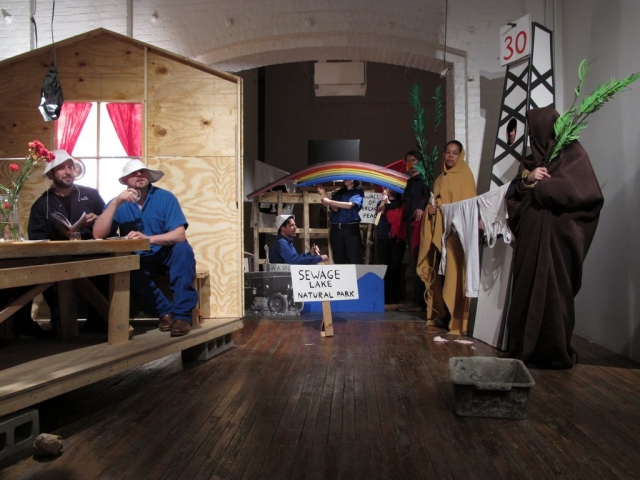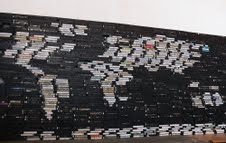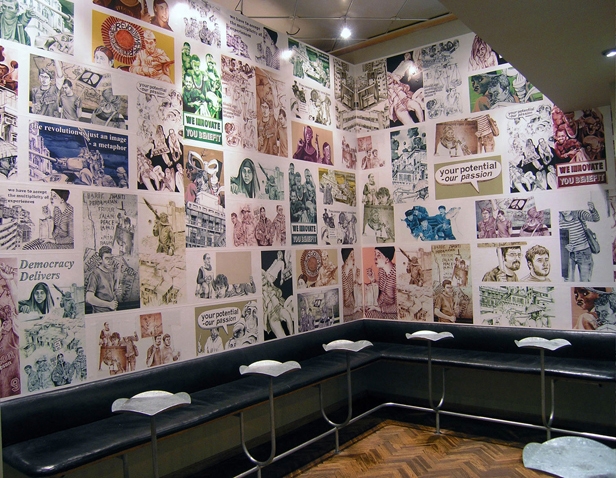ExhibitionApril 17–April 19, 2010
An Act Of Mischievous Misreading
When Harold Bloom suggested in his book ‘A Map of Misreading’ (1975) that any kind of reading, if strong, is always a misreading, he probably did not think of Meris Angioletti printing the pages of Edgar Allan Poe’s Auguste Dupin stories on top of each other. This exhibition curated by Anna Gritz expands on Bloom’s assertion and presents a selection of artworks that have taken their misreadings to an extreme, revealing the creative potential of making someone else’s work one’s own. Based on the concept of the trope in literature, a strategy in which words are used in a sense different from their literal meaning, the works in this show have plundered the canon of cultural history, using works against their original intention for the sake of giving emphasis to a new idea. Participating artists include Meris Angioletti, John Baldessari, Mario Garcia Torres, Terence Gower, Sean Landers, Lars Laumann, Edgar Leciejewski, Zena Verda Pesta, Gaël Peltier and Erin Shirreff.
The artists in this show present a study of willful misplacements, misreadings and misuses that as avenues of emancipation from the idea of Deutungshoheit (the sovereignty over interpretations) reinvent sources according to their own needs and interests. As a radical form of appropriation, these works blend homage and disrespect in a mischievous way. As an unruly form of history-writing the works break down chronologies and trigger misunderstandings that might cause reassessments through irony, parody and humor. Through association they present themselves as a postscript to an existing artwork, opening up a new discourse in the form of a continued series of misreadings.
An Exercise in Misreading, Sunday April 18, 5 pm:
In conjunction with the Exhibition An Act of Mischievous Misreading (AAOMM) a selection of artists and writers were invited to explore the creative potential of making someone else’s work one’s own and to respond to the works in the exhibition.
Contributors include: Catherine Czacki, Courtenay Finn, Monstra Personale, Jens Maier-Rothe, Robert Snowden, The Steadfast Associates, Niels Van Tomme, and Jennifer Teets & Eduardo Abaroa
This exhibition is made possible by the New York City Department of Cultural Affairs and The Royal Norwegian Consulate General in New York.
